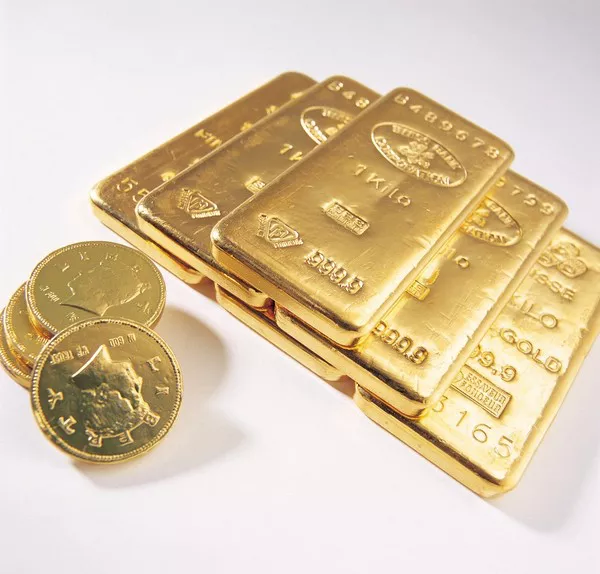In midday U.S. trading on Thursday, gold prices soared due to heightened safe-haven demand triggered by escalating tensions in the Middle East, weaker U.S. economic indicators, and a dovish tone from the Federal Reserve. December gold climbed $18.00 to $2,490.10, while September silver dipped by $0.308 to $28.635.
The Middle East tensions intensified following air strikes in Iran and Lebanon, resulting in the deaths of senior Hamas and Hezbollah officials, with Israel suspected to be behind the attacks. This geopolitical turmoil has bolstered the demand for gold as a safe-haven asset, albeit to a lesser extent for silver.
A lower-than-anticipated U.S. manufacturing purchasing managers index for July further fueled bullish sentiment in the precious metals markets, suggesting a possible interest rate cut by the Federal Reserve in the upcoming months. The decline in the 10-year U.S. Treasury note yield, dropping below 4.0% to 3.98%, also supported the upward trajectory of gold and silver prices.
Following the recent Federal Open Market Committee (FOMC) meeting where interest rates remained unchanged but a dovish stance was adopted by Fed Chair Powell, hinting at potential rate cuts in September, the market is now pricing in a 100% chance of a rate reduction next month, contingent on inflation remaining subdued.
Simultaneously, the Bank of England reduced its main interest rate by 0.25% on the same day.
Traders are eagerly anticipating Friday morning’s U.S. monthly jobs report for July from the Labor Department, with non-farm payrolls expected to show a gain of 185,000 compared to June’s increase of 206,000.
In the broader markets, the U.S. dollar index strengthened, while Nymex crude oil prices dipped to around $77.25 per barrel.
From a technical standpoint, December gold bulls maintain a strong near-term advantage, eyeing a breakthrough above solid resistance at the contract high of $2,537.70, while silver futures for September have a slightly bearish outlook, with key resistance and support levels indicating ongoing market dynamics.


